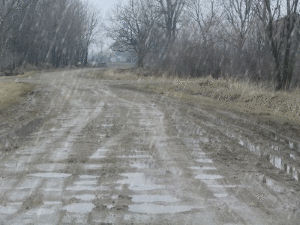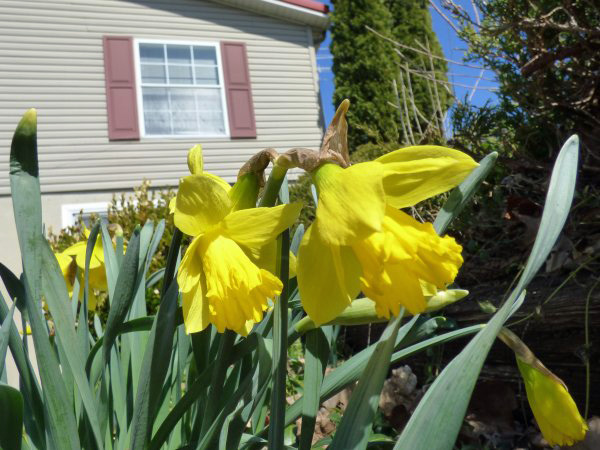JRR Tolkien’s Hobbit and the Lord of the Ring trilogy are favorites of mine. I’ve read the books. I’ve listened to them on audio. I’ve watched the extended version of the trilogy on DVD. Those hobbits are amazing folks.
 Bilbo Baggins, The Fellowship of the ring (2001)
Bilbo Baggins, The Fellowship of the ring (2001)
“It’s a dangerous business, going out your door.
You step onto the road,
and if you don’t keep your feet,
there’s no telling where you might be swept off to.”
 The road that runs by in front of our house.
The road that runs by in front of our house.I love those lines quoted above. I got thinking about what it would be like to be “swept away.” Would it just suddenly happen? Or would it be a process that unfolded over time. I think probably the latter. At least, it would have to work that way for me. I came up with these thoughts.
Allure of the Road
Once again the tug, the allure beckoned softly.
It had started with, “I wonder . . .”
Yet doubt was strong and prevailed.
Days passed, the thought returned,
“I wonder . . . why.”
Somehow, the thought was not new.
Since early childhood,
That had been the burning question.
And the answers Did not, Would not, Could not satisfy.
“I wonder . . . what.”
The mind was uneasy,
The feet were fidgety.
Hesitancy was there.
A step out the door,
“Hi neighbor, just stretching my legs.”
Weeks pass.
“I wonder . . . if.”
“Why, What Where, When.”
The tug, the allure were always present,
Growing in strength,
Doubt weakened.
Hesitancy fluttered,
Fear sputtered,
Feet walked out the door.
Years passed before they returned.
Chuck of Secondary Roads (2009)

















